This article was first published in the fall of 2015. The draft Visitor Use Management Plan (VUM Plan) was released in October, 2019, for public review until December 6, 2019. A draft of the Historic Building Strategy was released for review in July, 2021.
It's hard not to get excited when you discover the Pahaquarry copper mines, central to the lore of the Delaware Water Gap National Recreation Area and the legendary road that runs through it along the New Jersey side of the river. Between that Old Mine Road and the Delaware stands the old Copper Mine Inn, born in the 1790s as Shoemaker's Union Hotel to serve a nearby ferry and crews who rafted lumber down river from Milford to Philadelphia. The inn derived its later “resort” name from the copper mines in the steep hill above it—some of the oldest in America—first worked in the 1750s, then again in the 1800s, and finally from 1901-1912. A hiking trail works its way up the mountain through three centuries of exploration, many remnants of which are recognized by the learned eye: fragments of dams, machine pads, ancient roads. Others are perfectly obvious: a gated adit overlooks imposing rock walls that once supported a huge mill that rose some six stories up the side of the hill.
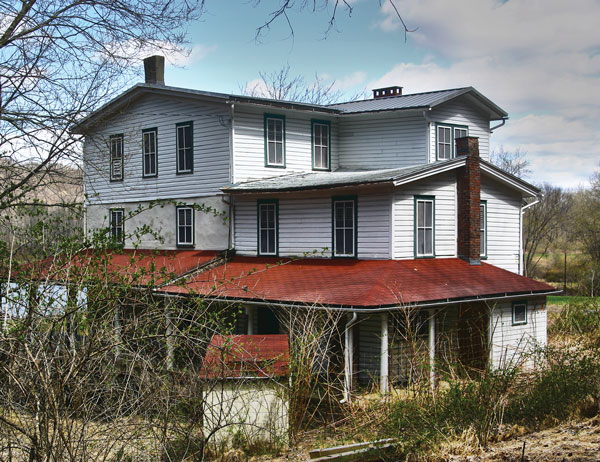
Some remember this place from their younger days when the Boy Scouts of Camp Pahaquarra made good use of the deserted mine company buildings, adapting them as their mess hall, a ranger's residence, a craft shop, the infirmary, and dormitories for the scouts. In 1970, to make way for the proposed Tocks Island dam and reservoir, those structures were erased by the Army Corps of Engineers, along with hundreds of others up and down both sides of the river. Although the dam's construction was eventually rebuffed by the grassroots efforts of the people from the Delaware River valley, most of the land had already been condemned and purchased by the federal government by the time the project was finally scuttled. Title transferred to the National Park Service, and the Delaware Water Gap Recreation Area was created on September 1, 1965.
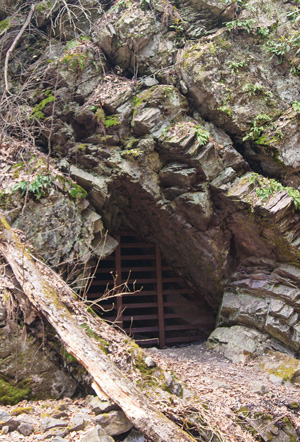
But the Copper Mine Inn still stands, and because of its early construction and long use as lodging, it embodies the three-hundred year chronicle of travel along the Old Mine Road. Perhaps that is why its destruction was delayed long enough to survive the Tocks Island project's ultimate abandonment, and why it serves as a rallying point for citizens who want to save historical structures throughout the park. Cordoned off from Turtle Beach, the Park Service's latest improvement for public access to the beautiful river, the proud old building awaits its fate, as do most of the other remaining historic structures in the park, propped up and bound together with plywood bandages.
The Delaware Water Gap National Recreation Area (DEWA), observed its fiftieth anniversary in 2015. For much of that time, the circumstances of the park's creation have resulted in a dire lack of resources with which to maintain its infrastructure, and, in many quarters, an abiding lack of confidence in the federal government's oversight. For twelve of those fifty years, Superintendent John Donahue has directed all activities, policy and maintenance at DEWA, the ninth most visited unit of the National Park System. Even before his appointment, Donahue was well aware of the local enmity towards the Park Service. He remembers, “The first thing I did was ask my deputy ‘who hates us the most?'”.
DEWA is one of only eight national park “units” that together contain 60% of all National Park infrastructure—like roads, bridges, buildings, and dams. The others on the list—places like Yellowstone, Yosemite, Golden Gate— have budgets three times larger. DEWA's enabling legislation from a half century ago is based on its classification as a recreation area that would surround a reservoir (which was never created). It does not address the type of park in existence today, one that covers nearly seventy thousand acres and includes more than seven hundred structures, more than two hundred miles of roads, one hundred miles of trails, one hundred impoundments, and a multitude of utility rights-of-way and other easements. And most important, one that receives more than five million visitors every year! “Roads alone cost millions of dollars per mile, and they deteriorate as soon as we finish paving,” says Donahue. “I've spent a lot more time over the past twelve years trying to understand the different grades of asphalt, and where drainage has to be placed, than I ever imagined.”
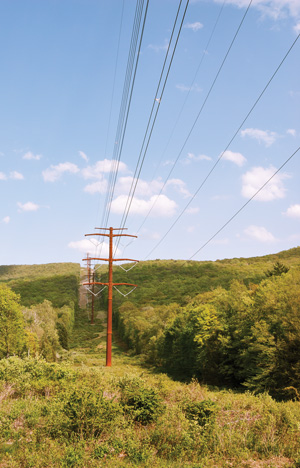
The fiftieth anniversary of DEWA in 2015, which coincides with the hundredth anniversary of the National Park Service in 2016, invites reflection on the past—and a focus on the future. The current general management plan for the park, developed in 1987, sets a vision for the park to be everything for everyone. Under Donahue's direction, DEWA has undertaken a definitive agenda by which to revise the original plan and address the park's deficiencies. “I can't do anything about what happened, but after fifty years of experience I think it's a perfect time for us to pause, reflect and interact with the citizens about where we should go for the next fifty years,” explains the Superintendent. “It wasn't the Army corps, it wasn't the Park Service that took the land. It was the United States of America under the property clause of the Constitution. There is no point in blaming any agency; we do what Congress tells us to.”
The two anniversaries offer the opportunity for the park, its partners, and nearby communities to come together to conserve and enhance the region's natural and cultural assets. But there is a third “leg” to the stool. That is a $66 million mitigation fund negotiated from the Susquehanna to Roseland Transmission Line Upgrade Project, a 500-kilovolt power line that now transverses DEWA as part of a three-year construction project completed this year. The magnitude of the project and the gigantic towers routed through pristine territory generated a new wave of public animosity. But the power lines had a deeded right of way that existed before the park, purchased from farmers who were willing sellers, worked on the lines, and were happy to have electricity in their homes. “I can't address what the power company's strategy or what their decision-making process was. But, when they came to us I told them that it was going to take a long time and cost a lot more money,” says Donahue. “They were dedicated to this route, and when they decided to move forward, we did a couple of two-year-long environmental impact analyses. We looked at the fact that they had property rights; they owned it. But there was a permanent impact on visitors' experience. We worked with them for several years on what is the impact and what could be done to mitigate the project.” Portions of the fund are allocated to specific aspects of DEWA's future, including administration, monitoring of the power lines and their effect on flora and fauna, wetland mitigation, and for Appalachian Trail acquisition outside DEWA. $12 million is allocated for historic and cultural resources, and $20 million for land acquisition for the park.
Most of the land acquisitions are already within the park boundaries, areas that are currently maintained by the Park Service. The critical point for Donahue are those parcels that will add to the park boundaries and thereby create nearly a half million acres of contiguous habitat. DEWA currently encompasses about 35,000 acres in New Jersey, well mixed and well connected to another 35,000 acres across the river in Pennsylvania. The idea is to create a corridor that connects to 225,000 acres of Pennsylvania state holdings on top of the Pocono Ridge. The corridor does not have to be huge, just big enough so that wildlife can move all the way across. “We've had people talking to us about selling for years, long before we had any dream of having the money,” says Donahue. “The corridor exists now, and wildlife moves through it, but is private and could disappear anytime. It would be a good thing for hunting, for wildlife and recreation in perpetuity.”
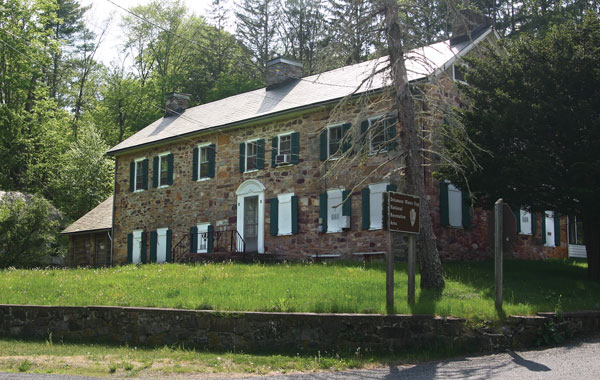
The river unifies a similar environment in both states, but although it is counterintuitive, the New Jersey side of the park is most characteristic of a wilderness environment, for a couple of reasons. The first is that a major roadway (Route 209) runs through the Pennsylvania side. In New Jersey, the rising Kittatinny Ridge leaves little room from the banks of the Delaware for more than the Old Mine Road to make its narrow way. There's also a big difference in the state governments. “I'm sure everyone in PA will tell you how difficult it is to accomplish anything in construction, and there are rules and regulations everywhere. But it is much more rigorous on the Jersey side,” explains Donahue. “I spent seven years on permitting for Turtle Beach, and we only needed permits for a quarter acre of wetlands and a septic system.”
New Jersey has a lot more authority delegated to it from the EPA than most states, mostly stemming from water quality issues. And although the Park Service doesn't always have to completely adhere, they choose to work closely with local authorities. “We've tried to do things in New Jersey, but it is daunting,” adds Donahue. “For example, from the floods of 2004 and 2005, we got $10 million for flood damage and removed all the stuff from the river. But by the time we got a permit to repair the Kittatinny boat ramp at the Water Gap all the money had been spent. So we're doing it with mitigation money from the power lines. It's taken years to get a permit to replace a boat ramp that is not much bigger than your kitchen table.”
The DEWA Park Service staff began to refresh its outdated business plan first by creating a document called Vision 2030 from ideas generated within the organization. Released last summer for public review, Vision 2030 suggests a specific set of primary goals regarding operation, research, identity, partnerships, education, and sustainability. In December, 2014, a completed Foundation Document, required for every unit in the National Park system, formally outlined DEWA's significance, fundamental resources and values, legislative mandates, issues, and opportunities all in one place. With these reports in hand, the park has introduced two major planning projects in 2015. “We are in the initial stages of preparing a Visitor Use Management Plan and a Historic Properties Management Plan,” explains Donahue. “Both processes offer the public opportunities to provide input and to influence the future of the park.”
The Park Service held public listening sessions, focus group meetings, and an online comment period this spring and summer to get preliminary input from the public for the Visitor Use plan. Similar sessions for the Historic Properties plan began in late 2016. “I've always thought that most of the money for land acquisition would be spent in Pennsylvania, and that most of the funds for historic and cultural would be used in New Jersey,” says Donahue. “But let's be serious, $12 million is a lot of money, but spread around seven hundred structures, it can't do much. So we need people to help us select what the priorities are.”
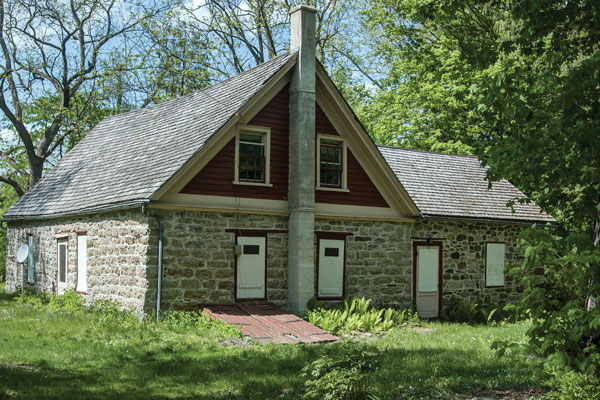
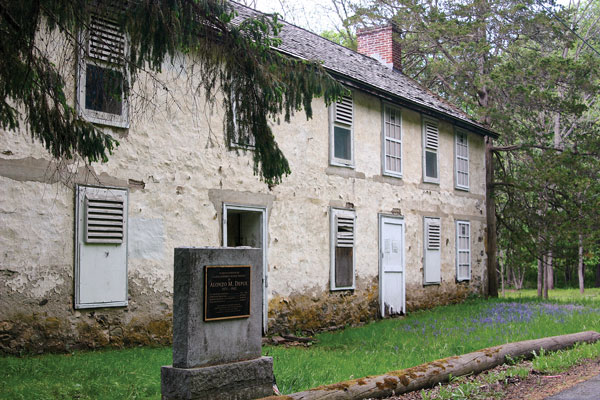
DEWA has been doing emergency stabilization on properties that are likely to come out on top of the list. For decades, the Park Service offered a program by which entrepreneurs could lease properties for a nominal fee in return for restoring and putting the buildings to viable use for visitors. Most people that were interested didn't have the means or skills to maintain the structures, and after doing the appraisals, it just cost DEWA money. In order to make the lease program viable, Donahue's proposal is to rehabilitate selected structures. “As opposed to saying here's a house you can spend half a million on, we want to offer turn key properties. Then the lessee could take care of them for decades. A place like the Copper Mine Inn is in a location with huge potential, but its condition will require millions of dollars, so the choices are to fix just a couple of places. But have to be very discerning in the choices that we make, and that's why we want the public to be engaged. We don't want this to be a Park Service plan, we want this to be the plan of the citizens.”


John Donahue and his staff actually manage two separately defined national park “units”: DEWA, the land-based recreation area, and MIDE, the Middle Delaware National Scenic and Recreational River. (There are more than four hundred so-termed units in the country, and fifty-nine national parks.) The vision is to combine DEWA and MIDE and officially re-designate them as one Delaware Valley National Park and Preserve, the first true national park in the states of New Jersey, Pennsylvania and New York. Doing so would provide greater protection for the area, increase public visibility, and provide leverage for revising Congressional budgetary allocations. It might also stimulate the partnerships necessary for the extensive historic restoration still possible throughout the valley. Adding the “preserve” designation would permit some activities valuable to surrounding communities, such as hunting, that are prohibited in national parks. The proposal seems like an obvious step toward solving the park's $113 million maintenance backlog. But gaining consensus between multiple federal government agencies, one hundred elected officials in two states, five counties and twenty-two townships is no simple matter. “Somebody's gonna be happy and somebody's not at any particular time,” says the Superintendent. “We want to honor the past. One thing I've tried to do since I've been here is try to take the focus away from what didn't happen to what did happen. We didn't build a dam, we didn't create a lake. What we did do is create a really wonderful park and every action we take, we try to honor the sacrifice of all the people that gave up their property, willingly or unwillingly, and carry that forward. That's why we try to be really careful about what we do.”
You can review materials and submit official comments online for the Historic Structures Plan through the NPS's Planning, Environment, and Public Comment website.
Access a list of historic structures here and a map here.
Access the Foundation Document here. (pdf)
Additional information and updates regarding upcoming planning events can be found on the park website at or via Facebook.
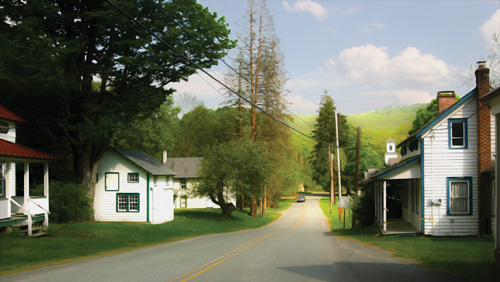
The Centenary Stage Company produces professional equity theatre and also a wide variety of top-flight musical and dance events throughout the year.
Local roots!
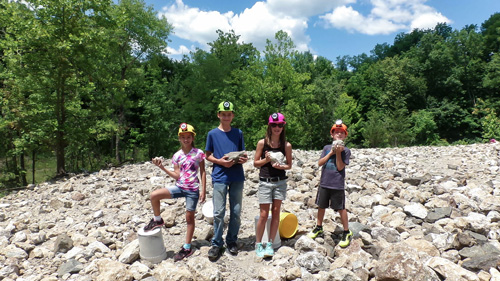
“The Fluorescent Mineral Capitol of the World" Fluorescent, local & worldwide minerals, fossils, artifacts, two-level mine replica.
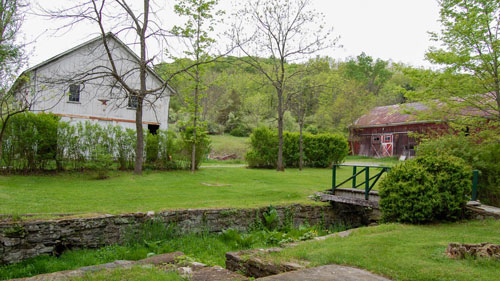
Peters Valley shares the experience of the American Craft Movement with interactive learning through a series of workshops. A shop and gallery showcases the contemporary craft of residents and other talented artists at the Crafts Center... ceramics, glass, jewelry, wood and more in a beautiful natural setting. Open year round.
Consider Rutherfurd Hall as refuge and sanctuary in similar ways now, as it served a distinguished family a hundred years ago.